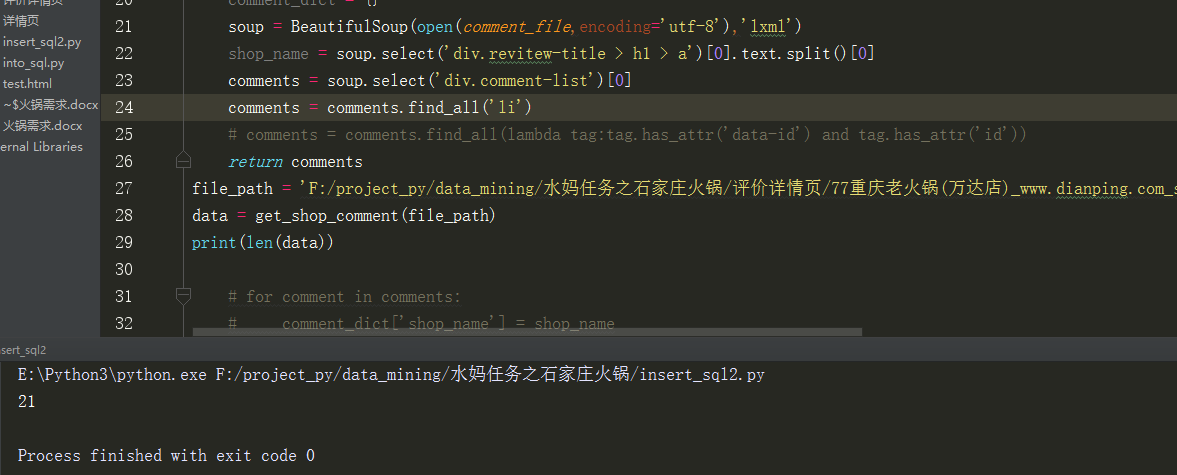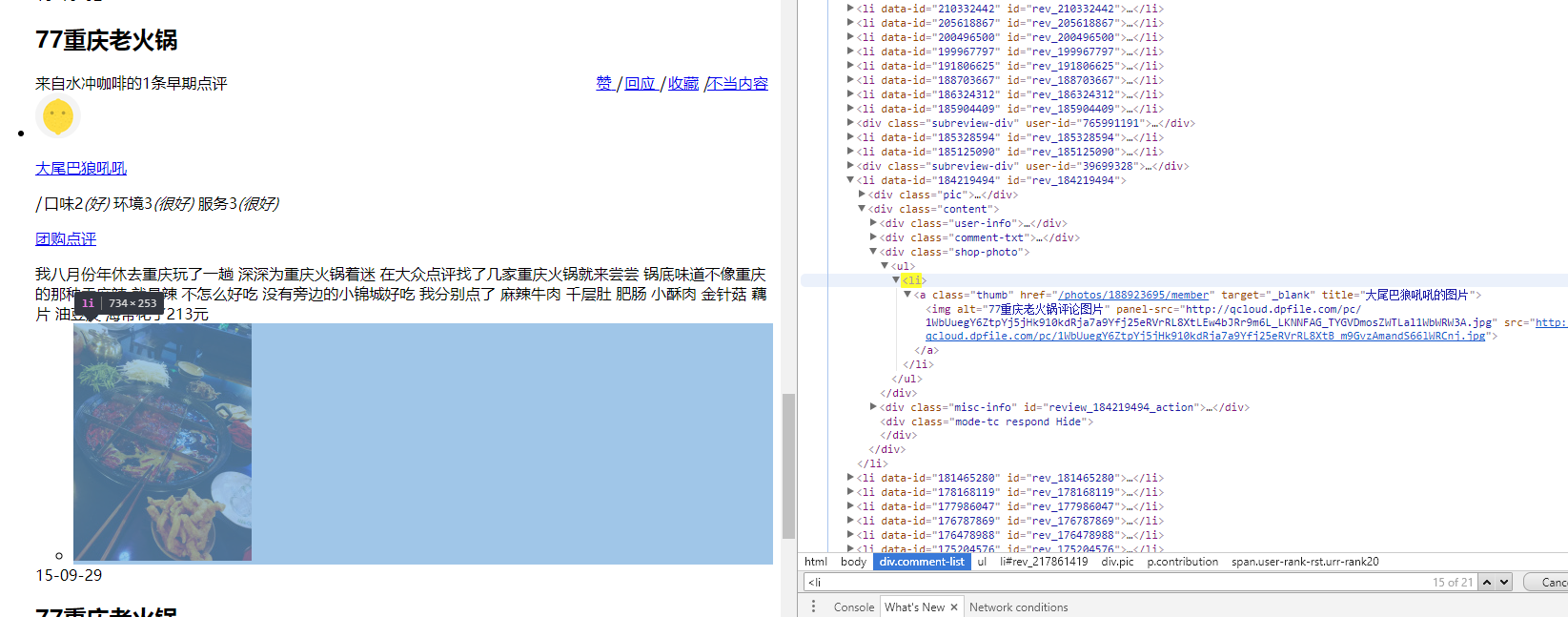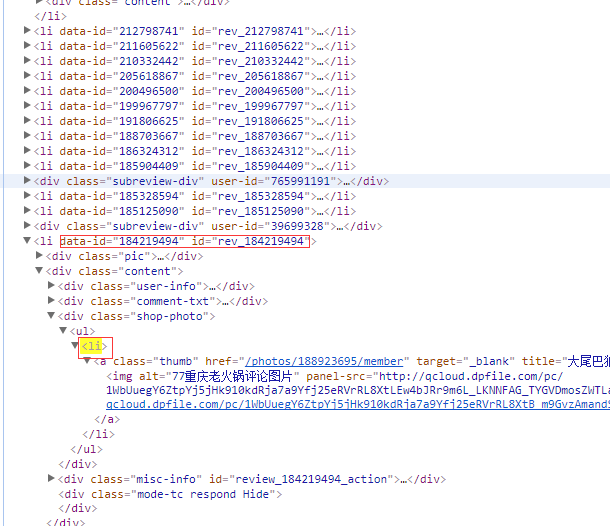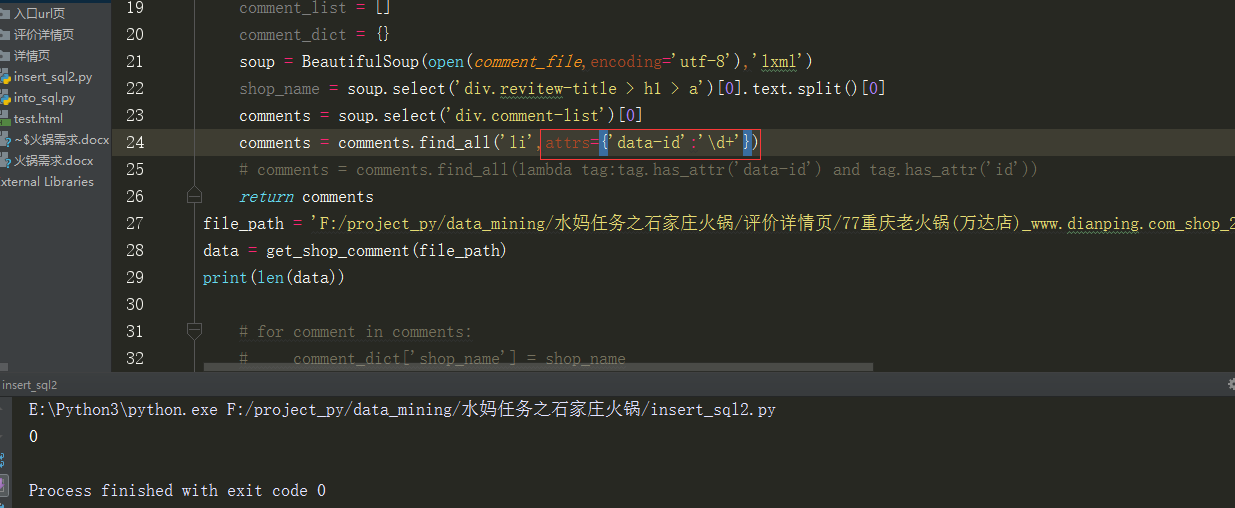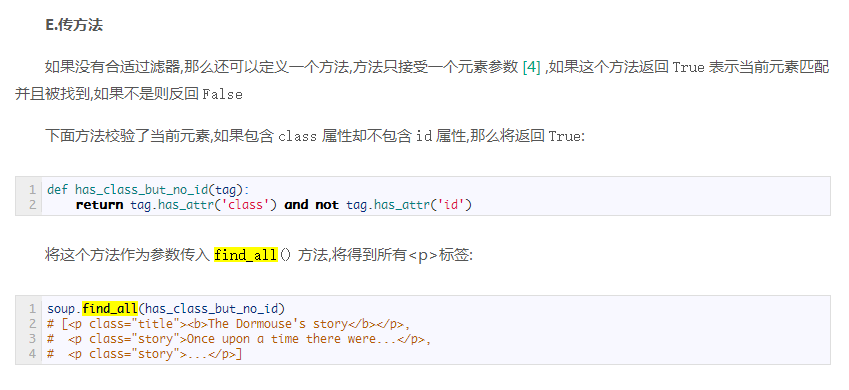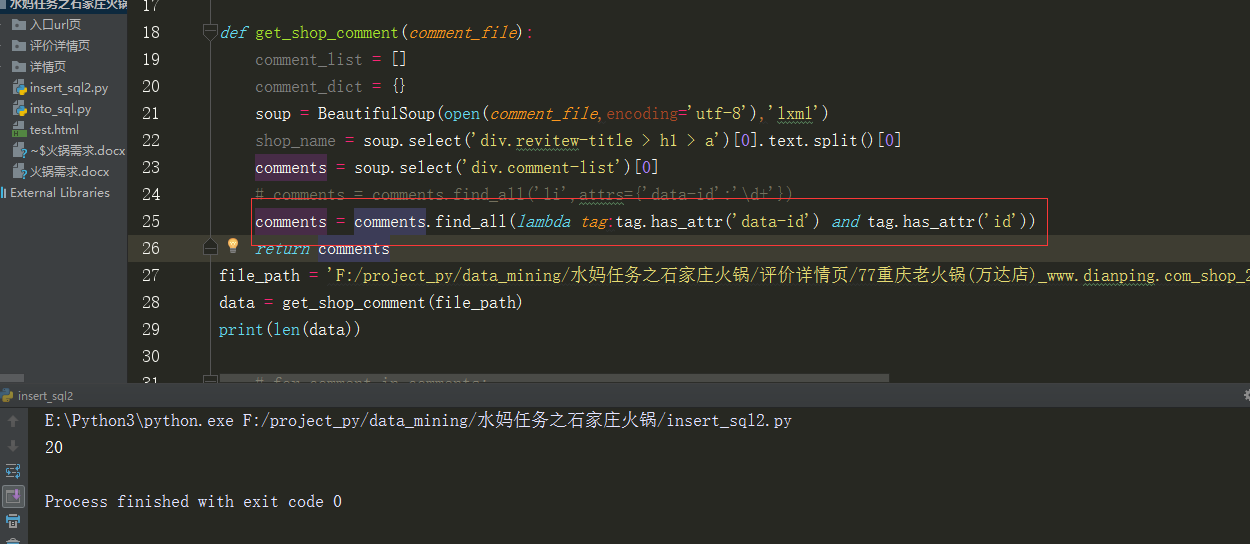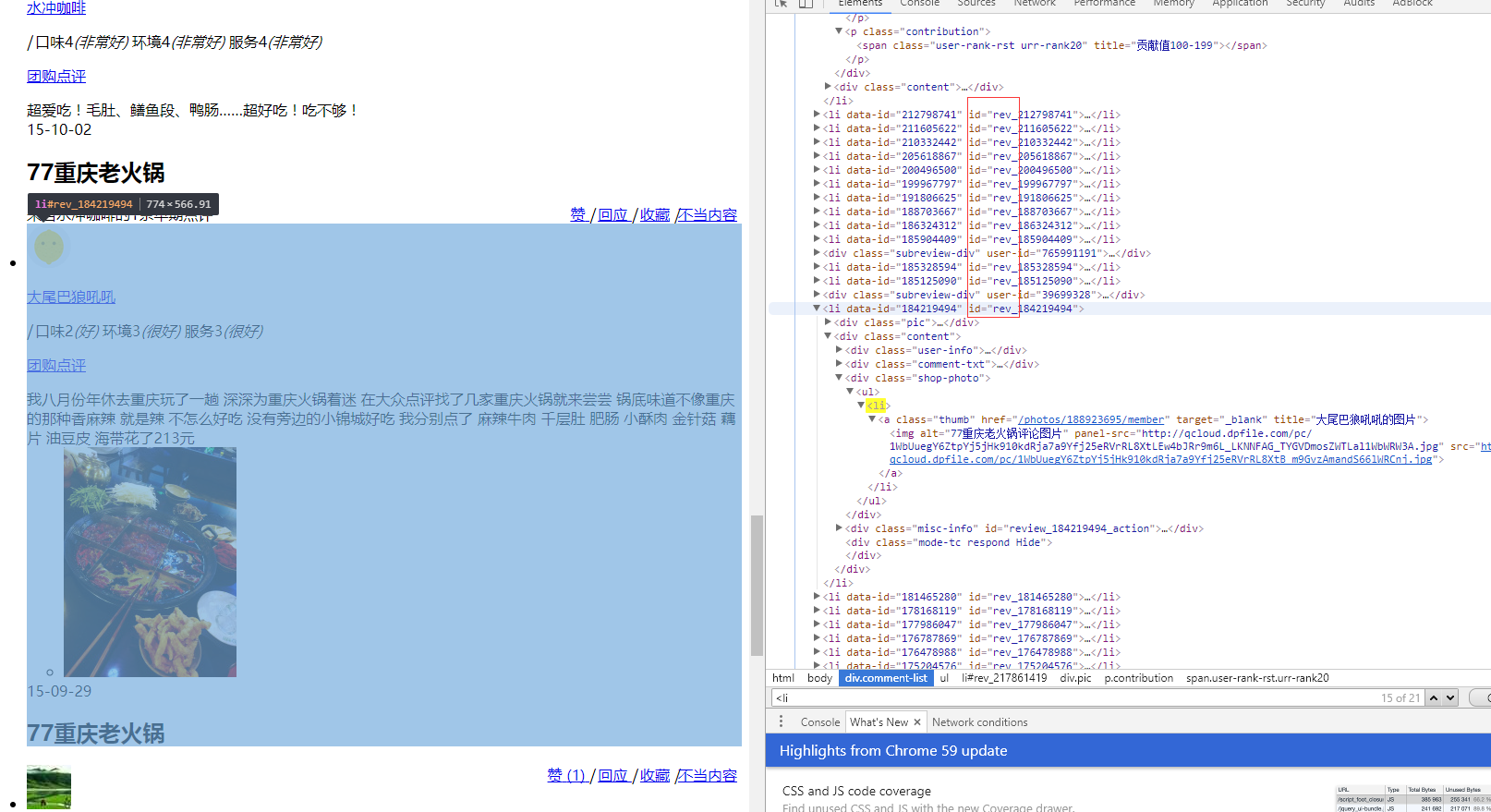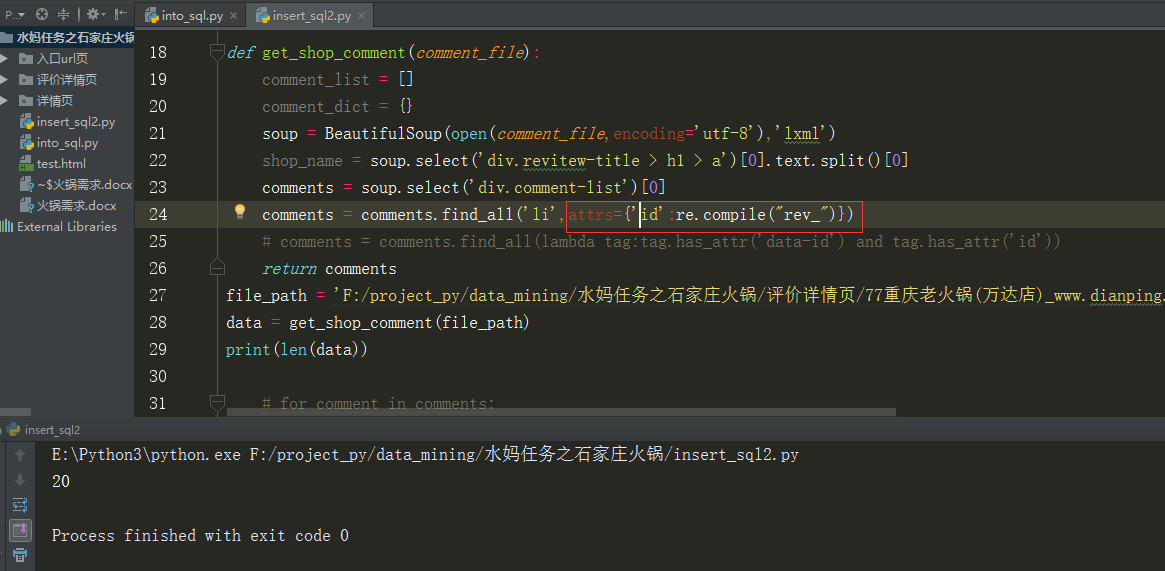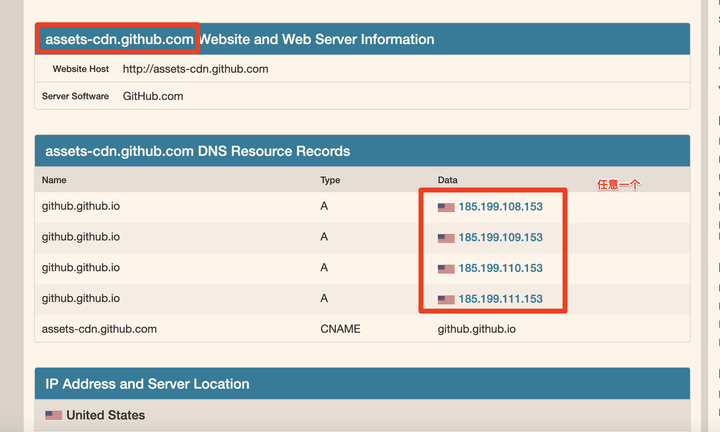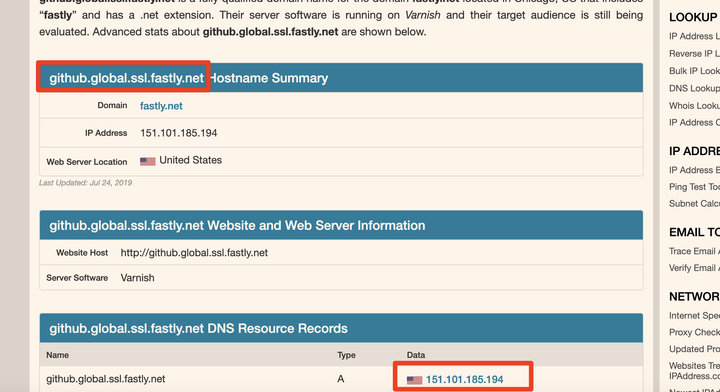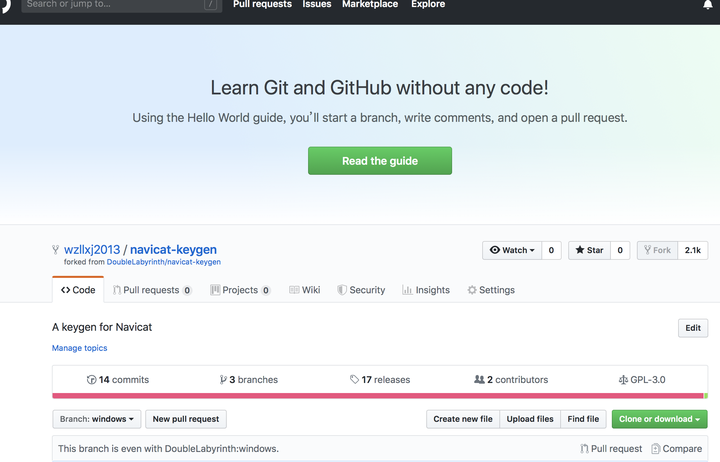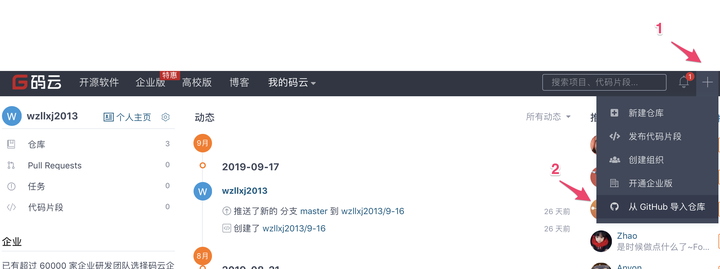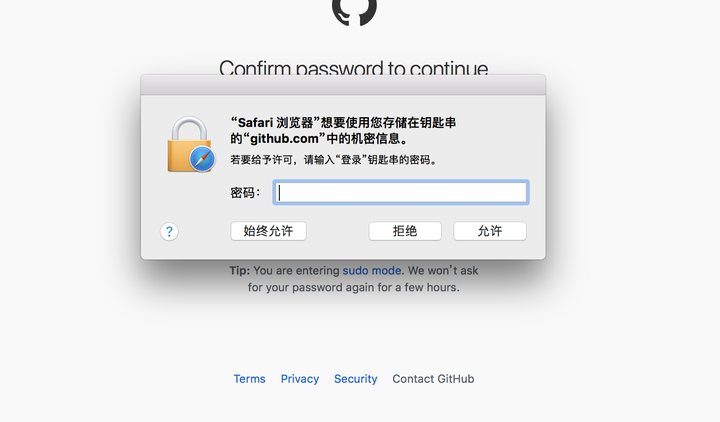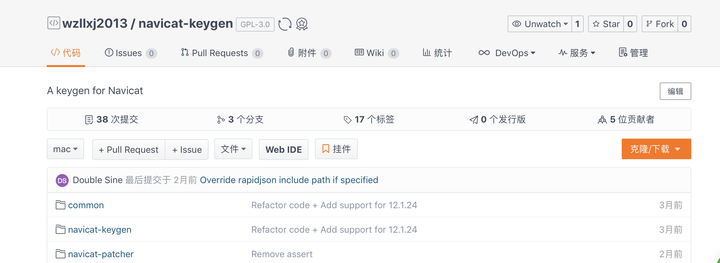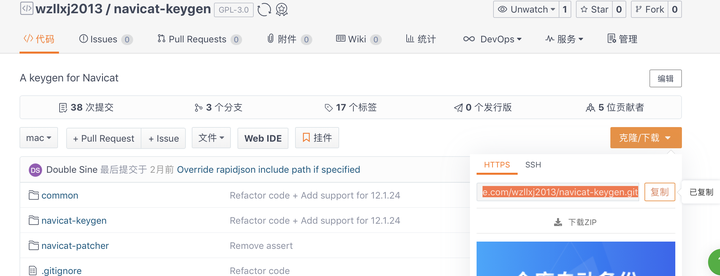Python 字符串
字符串是 Python 中最常用的数据类型。我们可以使用引号(‘或”)来创建字符串。
创建字符串很简单,只要为变量分配一个值即可。例如:
var1 = 'Hello World!' var2 = "Python Runoob"
Python 访问字符串中的值
Python 不支持单字符类型,单字符在 Python 中也是作为一个字符串使用。
Python 访问子字符串,可以使用方括号来截取字符串,如下实例:
实例(Python 2.0+)
以上实例执行结果:
var1[0]: H var2[1:5]: ytho
Python 字符串连接
我们可以对字符串进行截取并与其他字符串进行连接,如下实例:
实例(Python 2.0+)
以上实例执行结果
输出 :- Hello Runoob!
Python 转义字符
在需要在字符中使用特殊字符时,python 用反斜杠 \ 转义字符。如下表:
| 转义字符 | 描述 |
|---|---|
| \(在行尾时) | 续行符 |
| \\ | 反斜杠符号 |
| \’ | 单引号 |
| \” | 双引号 |
| \a | 响铃 |
| \b | 退格(Backspace) |
| \e | 转义 |
| \000 | 空 |
| \n | 换行 |
| \v | 纵向制表符 |
| \t | 横向制表符 |
| \r | 回车 |
| \f | 换页 |
| \oyy | 八进制数,y 代表 0~7 的字符,例如:\012 代表换行。 |
| \xyy | 十六进制数,以 \x 开头,yy代表的字符,例如:\x0a代表换行 |
| \other | 其它的字符以普通格式输出 |
Python字符串运算符
下表实例变量 a 值为字符串 “Hello”,b 变量值为 “Python”:
| 操作符 | 描述 | 实例 |
|---|---|---|
| + | 字符串连接 |
>>>a + b ‘HelloPython‘
|
| * | 重复输出字符串 |
>>>a * 2 ‘HelloHello‘
|
| [] | 通过索引获取字符串中字符 |
>>>a[1] ‘e‘
|
| [ : ] | 截取字符串中的一部分 |
>>>a[1:4] ‘ell‘
|
| in | 成员运算符 – 如果字符串中包含给定的字符返回 True |
>>>“H“ in a True
|
| not in | 成员运算符 – 如果字符串中不包含给定的字符返回 True |
>>>“M“ not in a True
|
| r/R | 原始字符串 – 原始字符串:所有的字符串都是直接按照字面的意思来使用,没有转义特殊或不能打印的字符。 原始字符串除在字符串的第一个引号前加上字母”r”(可以大小写)以外,与普通字符串有着几乎完全相同的语法。 |
>>>print r‘\n‘ \n >>> print R‘\n‘ \n
|
| % | 格式字符串 | 请看下一章节 |
实例(Python 2.0+)
以上程序执行结果为:
a + b 输出结果: HelloPython a * 2 输出结果: HelloHello a[1] 输出结果: e a[1:4] 输出结果: ell H 在变量 a 中 M 不在变量 a 中 \n \n
Python 字符串格式化
Python 支持格式化字符串的输出 。尽管这样可能会用到非常复杂的表达式,但最基本的用法是将一个值插入到一个有字符串格式符 %s 的字符串中。
在 Python 中,字符串格式化使用与 C 中 sprintf 函数一样的语法。
如下实例:
#!/usr/bin/python print "My name is %s and weight is %d kg!" % ('Zara', 21)
以上实例输出结果:
My name is Zara and weight is 21 kg!
python 字符串格式化符号:
<tbody</tbody
| 符 号 | 描述 |
|---|---|
| %c | 格式化字符及其ASCII码 |
| %s | 格式化字符串 |
| %d | 格式化整数 |
| %u | 格式化无符号整型 |
| %o | 格式化无符号八进制数 |
| %x | 格式化无符号十六进制数 |
| %X | 格式化无符号十六进制数(大写) |
| %f | 格式化浮点数字,可指定小数点后的精度 |
| %e | 用科学计数法格式化浮点数 |
| %E | 作用同%e,用科学计数法格式化浮点数 |
| %g | %f和%e的简写 |
| %G | %F 和 %E 的简写 |
| %p | 用十六进制数格式化变量的地址 |
格式化操作符辅助指令:
| 符号 | 功能 |
|---|---|
| * | 定义宽度或者小数点精度 |
| – | 用做左对齐 |
| + | 在正数前面显示加号( + ) |
| <sp> | 在正数前面显示空格 |
| # | 在八进制数前面显示零(‘0′),在十六进制前面显示’0x’或者’0X'(取决于用的是’x’还是’X’) |
| 0 | 显示的数字前面填充’0’而不是默认的空格 |
| % | ‘%%’输出一个单一的’%’ |
| (var) | 映射变量(字典参数) |
| m.n. | m 是显示的最小总宽度,n 是小数点后的位数(如果可用的话) |
Python2.6 开始,新增了一种格式化字符串的函数 str.format(),它增强了字符串格式化的功能。
Python 三引号
Python 中三引号可以将复杂的字符串进行赋值。
Python 三引号允许一个字符串跨多行,字符串中可以包含换行符、制表符以及其他特殊字符。
三引号的语法是一对连续的单引号或者双引号(通常都是成对的用)。
>>> hi = '''hi there''' >>> hi # repr() 'hi\nthere' >>> print hi # str() hi there
三引号让程序员从引号和特殊字符串的泥潭里面解脱出来,自始至终保持一小块字符串的格式是所谓的WYSIWYG(所见即所得)格式的。
一个典型的用例是,当你需要一块HTML或者SQL时,这时当用三引号标记,使用传统的转义字符体系将十分费神。
errHTML = ''' <HTML><HEAD><TITLE> Friends CGI Demo</TITLE></HEAD> <BODY><H3>ERROR</H3> <B>%s</B><P> <FORM><INPUT TYPE=button VALUE=Back ONCLICK="window.history.back()"></FORM> </BODY></HTML> ''' cursor.execute(''' CREATE TABLE users ( login VARCHAR(8), uid INTEGER, prid INTEGER) ''')
Unicode 字符串
Python 中定义一个 Unicode 字符串和定义一个普通字符串一样简单:
>>> u'Hello World !' u'Hello World !'
引号前小写的”u”表示这里创建的是一个 Unicode 字符串。如果你想加入一个特殊字符,可以使用 Python 的 Unicode-Escape 编码。如下例所示:
>>> u'Hello\u0020World !' u'Hello World !'
被替换的 \u0020 标识表示在给定位置插入编码值为 0x0020 的 Unicode 字符(空格符)。
python的字符串内建函数
字符串方法是从python1.6到2.0慢慢加进来的——它们也被加到了Jython中。
这些方法实现了string模块的大部分方法,如下表所示列出了目前字符串内建支持的方法,所有的方法都包含了对Unicode的支持,有一些甚至是专门用于Unicode的。
| 方法 | 描述 |
|---|---|
| string.capitalize() | 把字符串的第一个字符大写 |
| string.center(width) | 返回一个原字符串居中,并使用空格填充至长度 width 的新字符串 |
| string.count(str, beg=0, end=len(string)) | 返回 str 在 string 里面出现的次数,如果 beg 或者 end 指定则返回指定范围内 str 出现的次数 |
| string.decode(encoding=’UTF-8′, errors=’strict’) | 以 encoding 指定的编码格式解码 string,如果出错默认报一个 ValueError 的 异 常 , 除非 errors 指 定 的 是 ‘ignore’ 或 者’replace’ |
| string.encode(encoding=’UTF-8′, errors=’strict’) | 以 encoding 指定的编码格式编码 string,如果出错默认报一个ValueError 的异常,除非 errors 指定的是’ignore’或者’replace’ |
| string.endswith(obj, beg=0, end=len(string)) | 检查字符串是否以 obj 结束,如果beg 或者 end 指定则检查指定的范围内是否以 obj 结束,如果是,返回 True,否则返回 False. |
| string.expandtabs(tabsize=8) | 把字符串 string 中的 tab 符号转为空格,tab 符号默认的空格数是 8。 |
| string.find(str, beg=0, end=len(string)) | 检测 str 是否包含在 string 中,如果 beg 和 end 指定范围,则检查是否包含在指定范围内,如果是返回开始的索引值,否则返回-1 |
| string.format() | 格式化字符串 |
| string.index(str, beg=0, end=len(string)) | 跟find()方法一样,只不过如果str不在 string中会报一个异常. |
| string.isalnum() | 如果 string 至少有一个字符并且所有字符都是字母或数字则返
回 True,否则返回 False |
| string.isalpha() | 如果 string 至少有一个字符并且所有字符都是字母则返回 True,
否则返回 False |
| string.isdecimal() | 如果 string 只包含十进制数字则返回 True 否则返回 False. |
| string.isdigit() | 如果 string 只包含数字则返回 True 否则返回 False. |
| string.islower() | 如果 string 中包含至少一个区分大小写的字符,并且所有这些(区分大小写的)字符都是小写,则返回 True,否则返回 False |
| string.isnumeric() | 如果 string 中只包含数字字符,则返回 True,否则返回 False |
| string.isspace() | 如果 string 中只包含空格,则返回 True,否则返回 False. |
| string.istitle() | 如果 string 是标题化的(见 title())则返回 True,否则返回 False |
| string.isupper() | 如果 string 中包含至少一个区分大小写的字符,并且所有这些(区分大小写的)字符都是大写,则返回 True,否则返回 False |
| string.join(seq) | 以 string 作为分隔符,将 seq 中所有的元素(的字符串表示)合并为一个新的字符串 |
| string.ljust(width) | 返回一个原字符串左对齐,并使用空格填充至长度 width 的新字符串 |
| string.lower() | 转换 string 中所有大写字符为小写. |
| string.lstrip() | 截掉 string 左边的空格 |
| string.maketrans(intab, outtab]) | maketrans() 方法用于创建字符映射的转换表,对于接受两个参数的最简单的调用方式,第一个参数是字符串,表示需要转换的字符,第二个参数也是字符串表示转换的目标。 |
| max(str) | 返回字符串 str 中最大的字母。 |
| min(str) | 返回字符串 str 中最小的字母。 |
| string.partition(str) | 有点像 find()和 split()的结合体,从 str 出现的第一个位置起,把 字 符 串 string 分 成 一 个 3 元 素 的 元 组 (string_pre_str,str,string_post_str),如果 string 中不包含str 则 string_pre_str == string. |
| string.replace(str1, str2, num=string.count(str1)) | 把 string 中的 str1 替换成 str2,如果 num 指定,则替换不超过 num 次. |
| string.rfind(str, beg=0,end=len(string) ) | 类似于 find() 函数,返回字符串最后一次出现的位置,如果没有匹配项则返回 -1。 |
| string.rindex( str, beg=0,end=len(string)) | 类似于 index(),不过是返回最后一个匹配到的子字符串的索引号。 |
| string.rjust(width) | 返回一个原字符串右对齐,并使用空格填充至长度 width 的新字符串 |
| string.rpartition(str) | 类似于 partition()函数,不过是从右边开始查找 |
| string.rstrip() | 删除 string 字符串末尾的空格. |
| string.split(str=””, num=string.count(str)) | 以 str 为分隔符切片 string,如果 num 有指定值,则仅分隔 num+1 个子字符串 |
| string.splitlines([keepends]) | 按照行(‘\r’, ‘\r\n’, \n’)分隔,返回一个包含各行作为元素的列表,如果参数 keepends 为 False,不包含换行符,如果为 True,则保留换行符。 |
| string.startswith(obj, beg=0,end=len(string)) | 检查字符串是否是以 obj 开头,是则返回 True,否则返回 False。如果beg 和 end 指定值,则在指定范围内检查. |
| string.strip([obj]) | 在 string 上执行 lstrip()和 rstrip() |
| string.swapcase() | 翻转 string 中的大小写 |
| string.title() | 返回”标题化”的 string,就是说所有单词都是以大写开始,其余字母均为小写(见 istitle()) |
| string.translate(str, del=””) | 根据 str 给出的表(包含 256 个字符)转换 string 的字符,
要过滤掉的字符放到 del 参数中 |
| string.upper() | 转换 string 中的小写字母为大写 |
| string.zfill(width) | 返回长度为 width 的字符串,原字符串 string 右对齐,前面填充0 |

